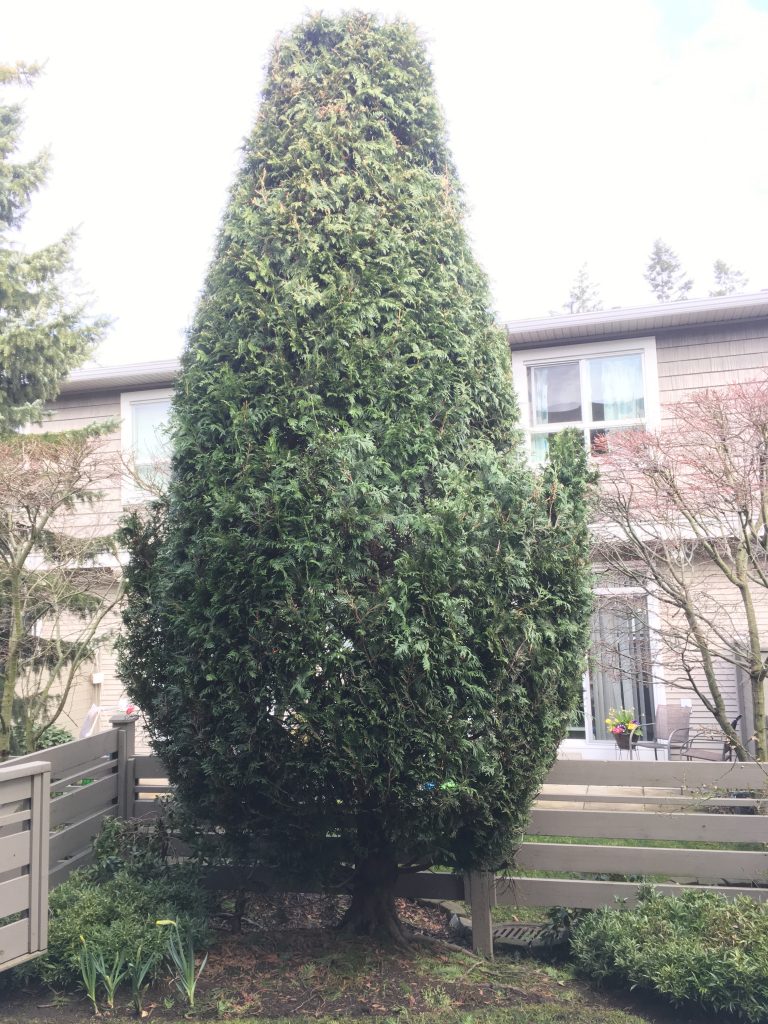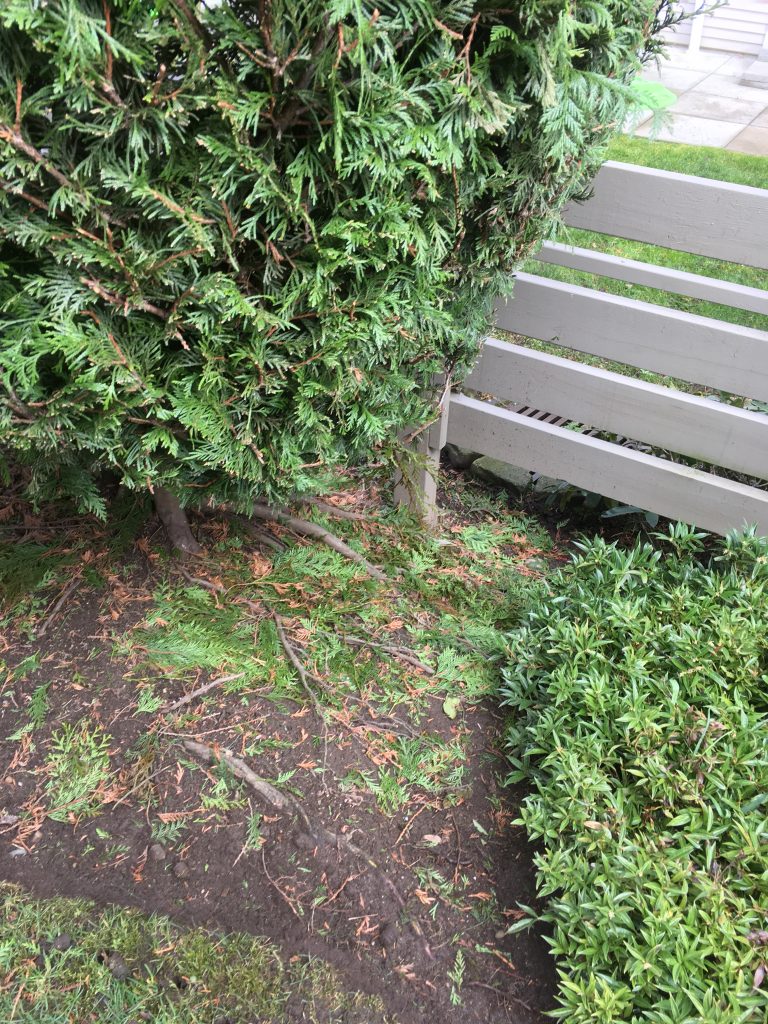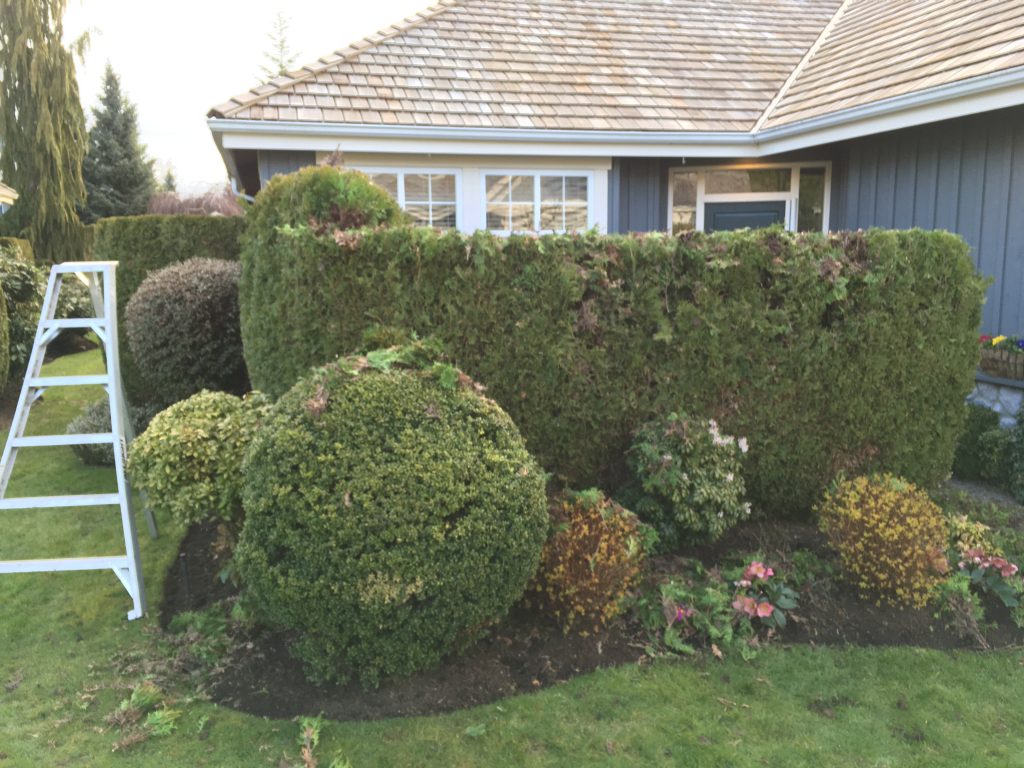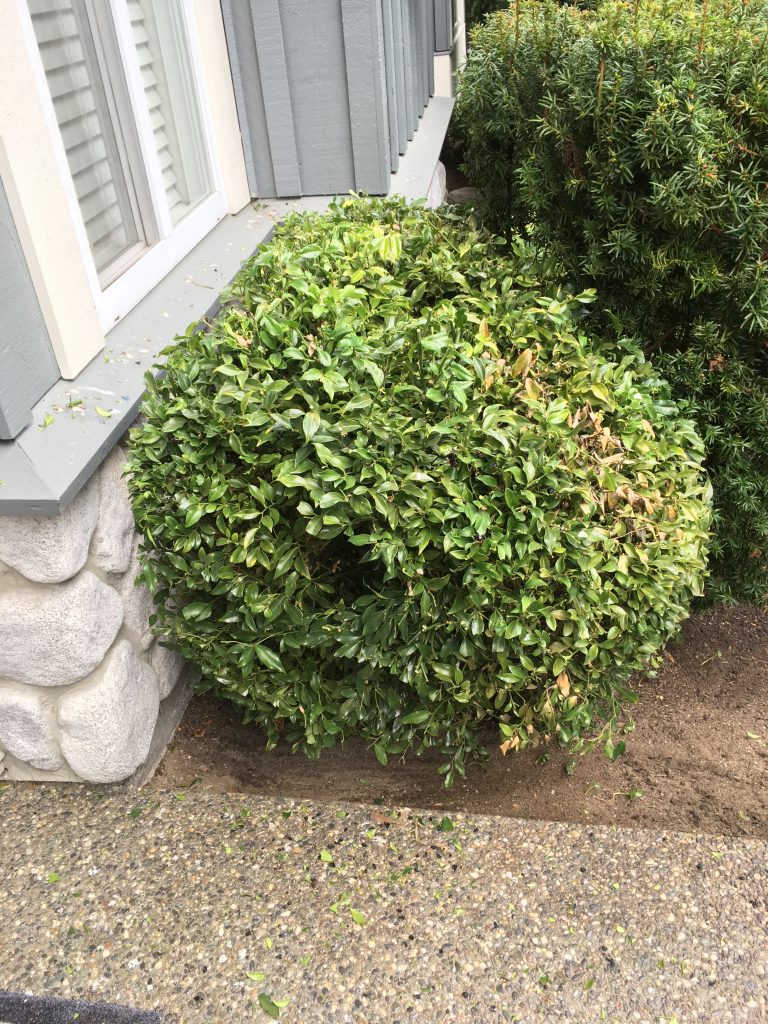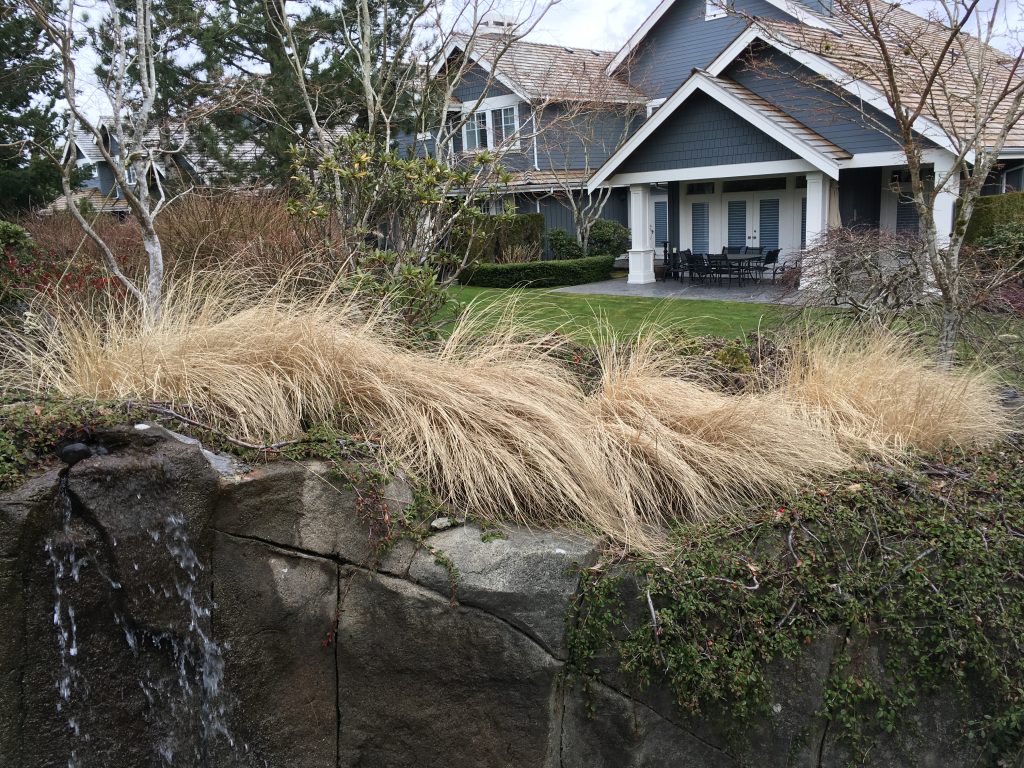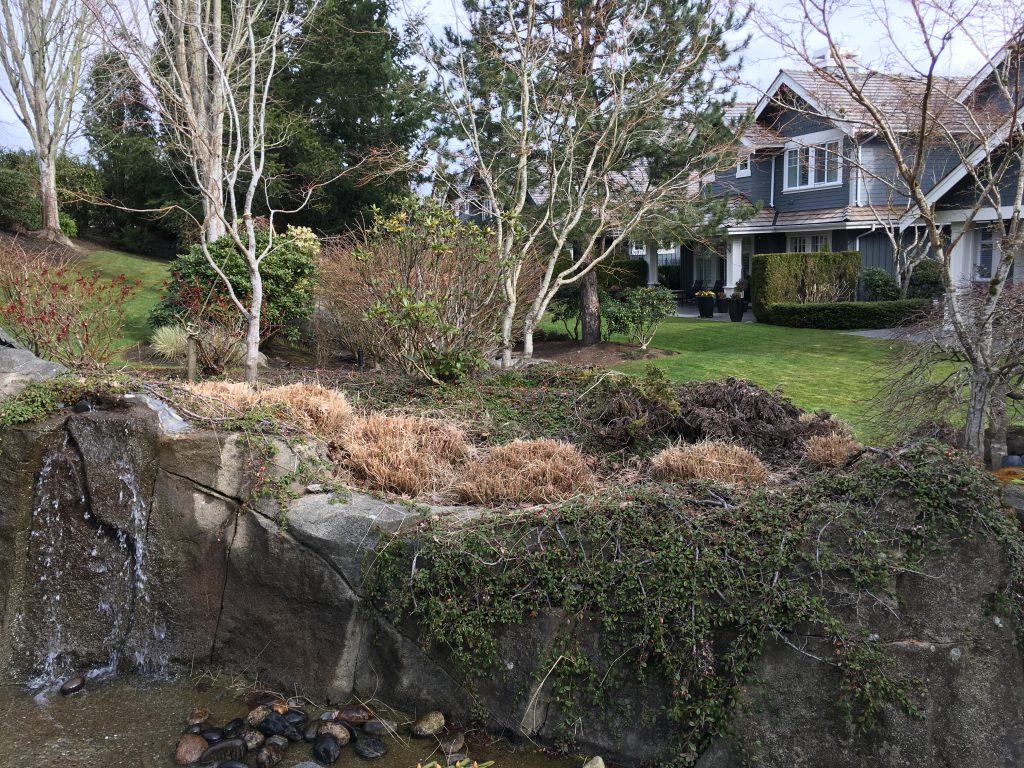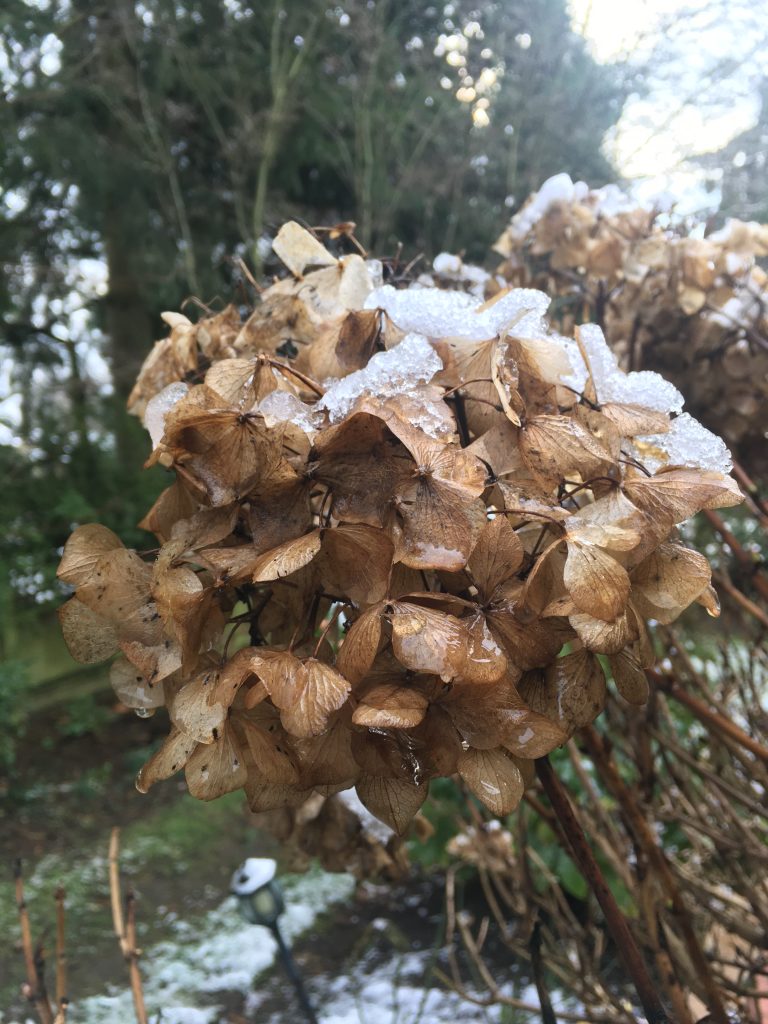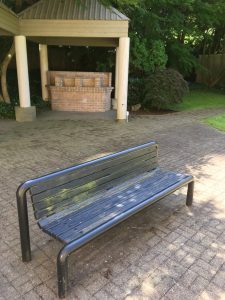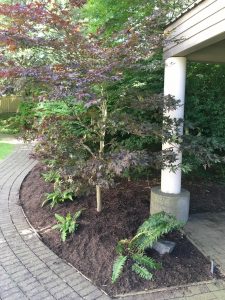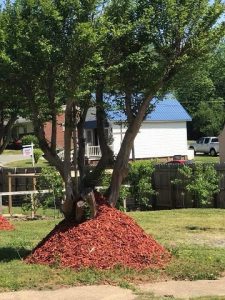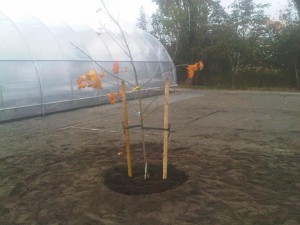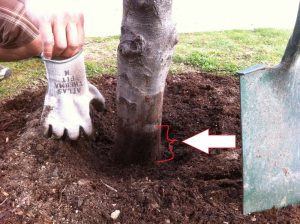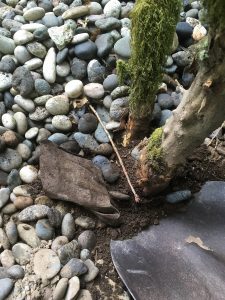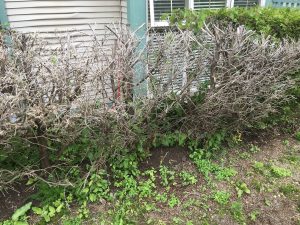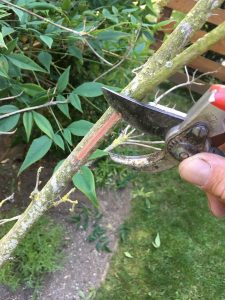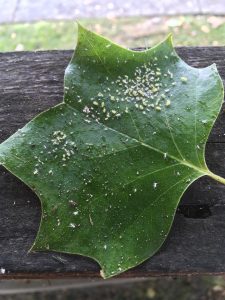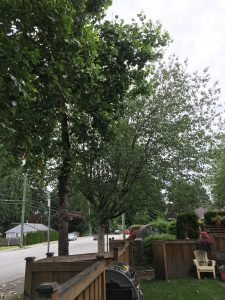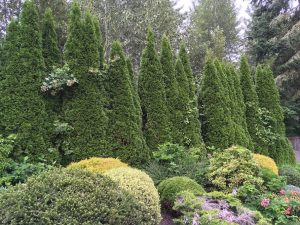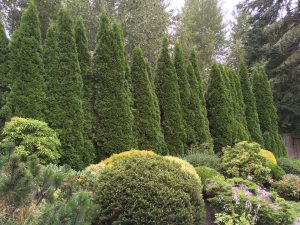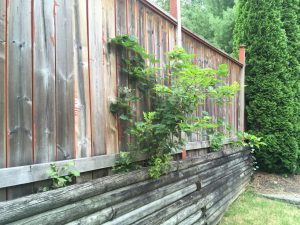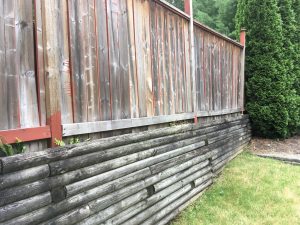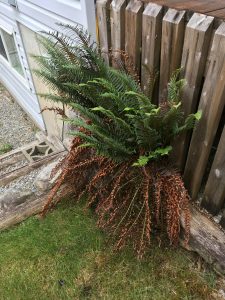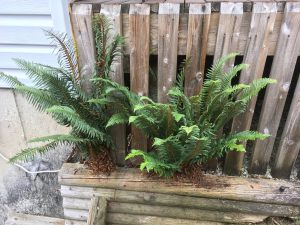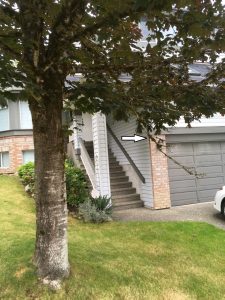I hate vertical edging but sometimes I have to do it because blade attachments aren’t available. Then, when I finish I’m close to developing a rash that will only go away after I complete blog posts like this one.
Why vertical?
Why do we vertical? Why flip a machine on its side and shred your edges? Because it’s convenient. You’re already there, your flat edging is completed and now you just burn out the edges and bail. There is no need to walk back to the truck to change attachments or change blades. And you don’t have to train workers on a new machine.
Personally, I think vertical edging is too much trouble. Let’s examine some of its limitations below.
Vertical limitations
Let’s consider many of the limitations of vertical edging. And before we get into it, note that some big companies don’t allow you to vertical. This is mainly because it gives your site or home an inconsistent look; and it also increases the chances of worker injury and site damage.
Shredding plants
This is my biggest problem with vertical edging. As you go along the edge, inevitably you will encounter plants growing over the edge. So you either skip the edge or you shred the plants. Most workers just shred the plants. Either way your site look suffers.
By contrast, the blade edger has a metal cover which discreetly slips under the plant and allows for edging without injury to the plant.
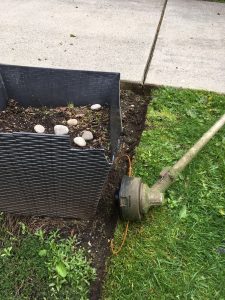
Damage isn’t limited to plants. This pot is missing a lot of plastic already.
Injury risk
Since there is no cover over the line edger you’re bound to eat a few rocks and other debris. Definitely wear goggles every time and close your mouth; and kiss your baby skin goodbye. To avoid getting hit workers angle the edger from the recommended 90 degrees which nicely leads us to the next point.
By contrast, the blade edger blade is covered with a shield and a rubber flap on the bottom.
Erosion
When you shred the edges at 45 degrees every week you eventually get erosion. Think of the UK coastline. This can lead to client complaints as the owners’ lawn edges retreat. Also, anything short of 90 degrees is ugly. If your edge can’t break your ankles, it’s not done right.
Reestablishment
Sometimes you fall behind on boulevard edging and when you finally get to it, you have no hope of re-establishing the edge. The plastic line is too weak.
By contrast, the blade edger digs in with a new blade and easily re-establishes the edge. This is also true for soft edges where the edge is gone.
Hard edges also look inconsistent and it’s slow work because as the plastic line shreds I have to constantly reload it by tapping the attachment head.
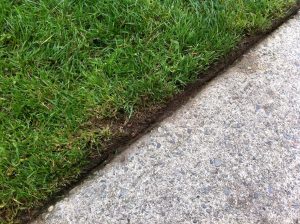
While blade edgers can be kicked off course by sidewalk blemishes, vertical edging is much less consistent.
By contrast, the blade edger just digs into the hard edge and flies away. This is the best place to start training new workers.
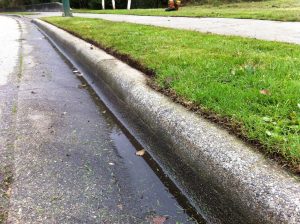
The top edge is my blade edger work; the bottom is a private landscaping company with line edgers. No contest!
Tight edges
My blade edger blade can nicely start and finish the lines by fitting tightly against the hard edge/soft bed zone. Vertical lines struggle here so the beginning and end of many edges stay shaggy.
Tree wells
I can blade edge around a tree well in seconds and leave it looking sharp. Vertical edging around tree wells is a pain.
Sucking exhaust
Vertical edging requires you to lift the engine higher which means the exhaust is much closer to your head. If you start getting dizzy, it’s the exhaust. This blog post assumes that you or your employer aren’t paying big dollars for the much cleaner Aspen fuel. Burning regular gasoline mixed with oil in a small engine isn’t very ecological. I want the engine down by my waist with the exhaust pointing back.
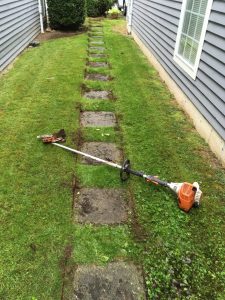
Only blade edgers can nicely sharpen up stepping stones.
Is vertical edging worth the trouble? I don’t think so. Do you? Please leave comments.


